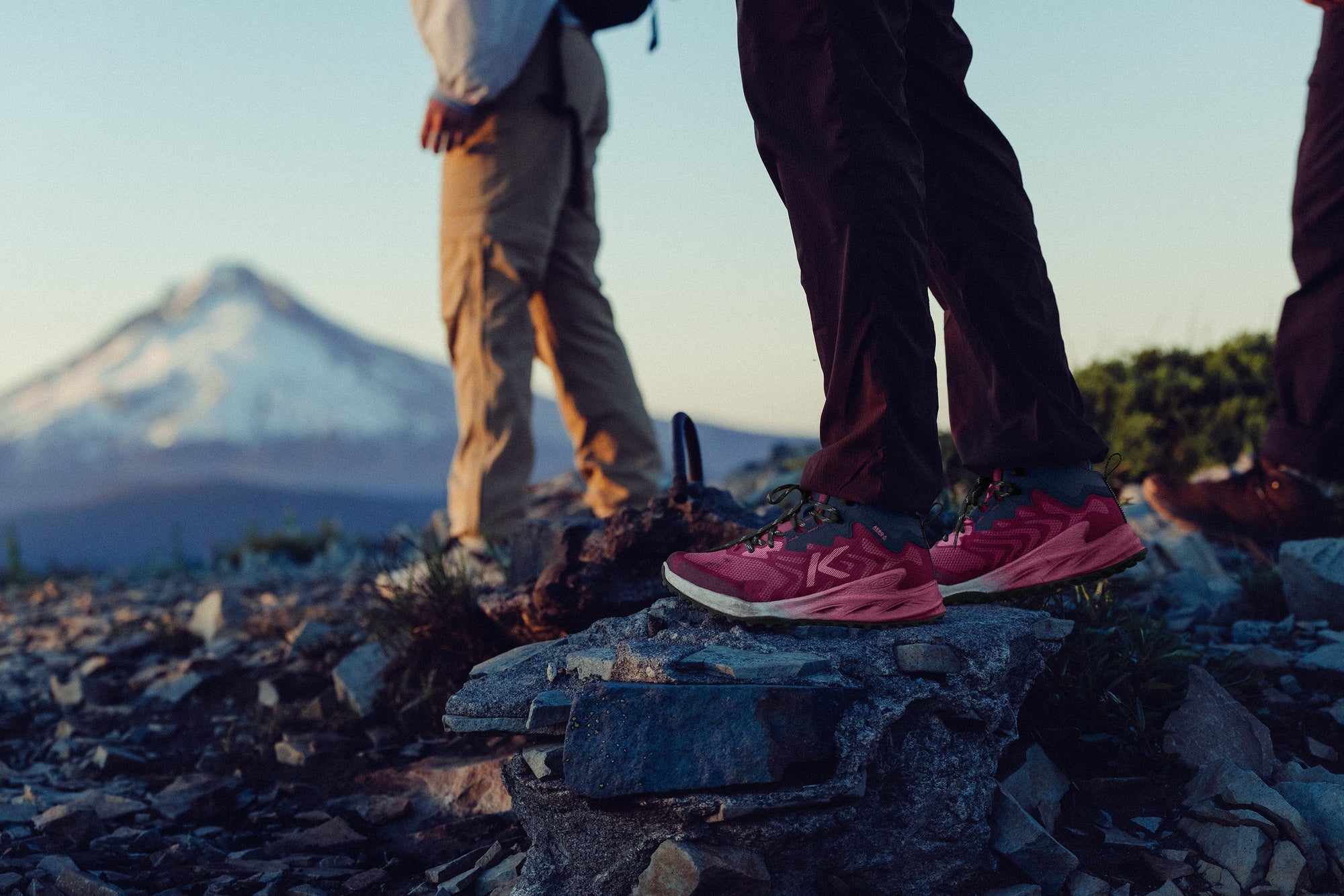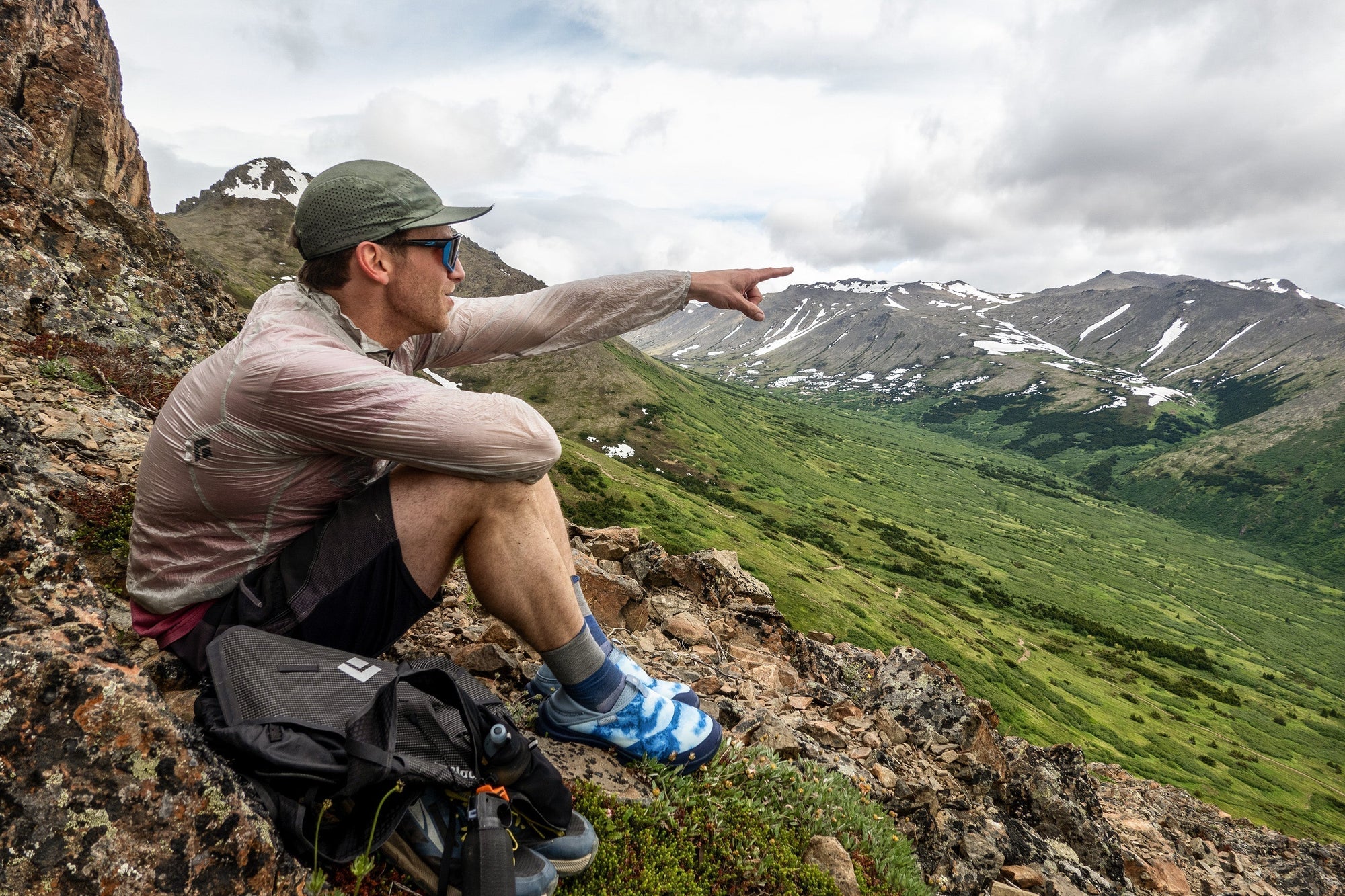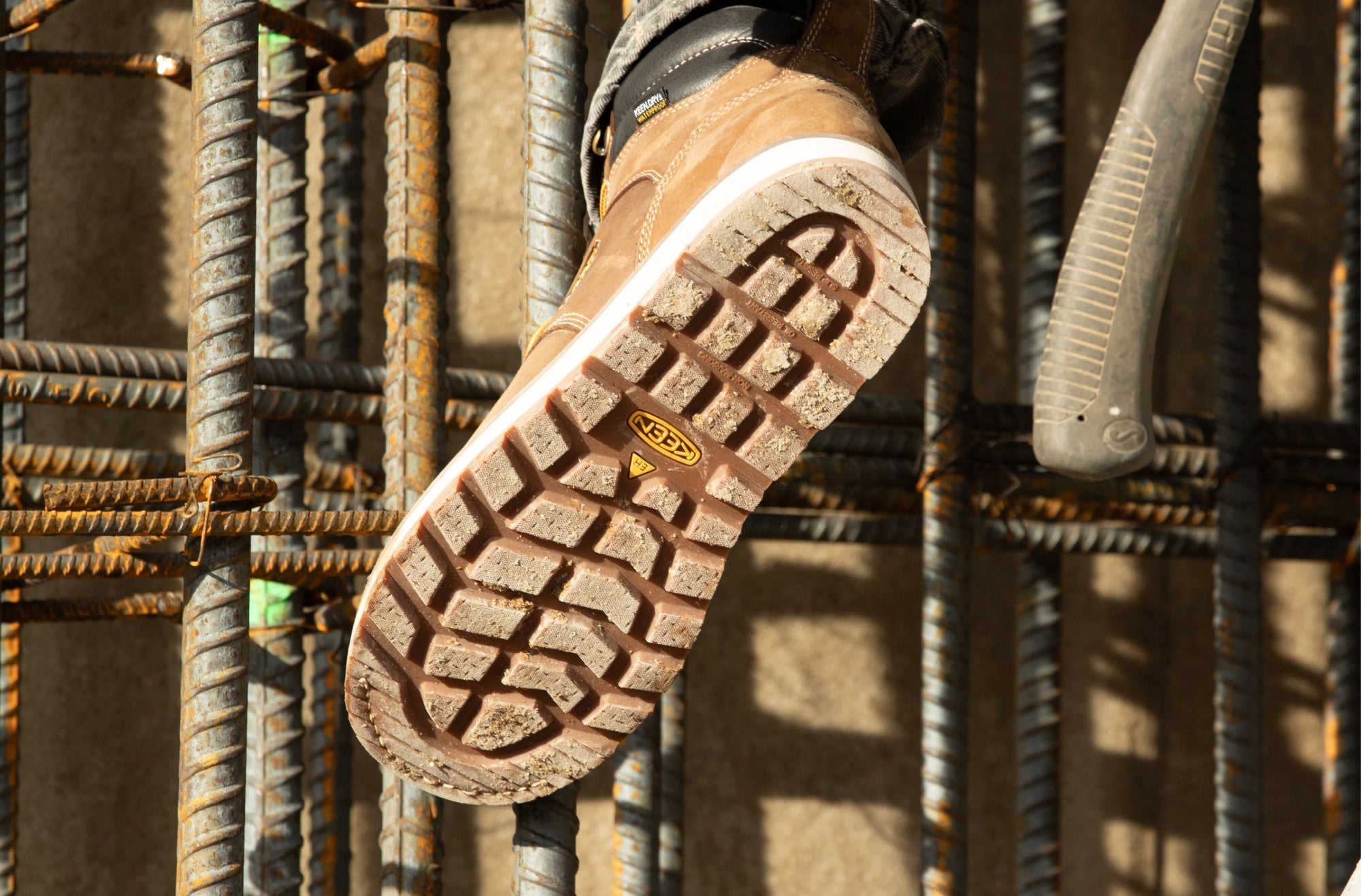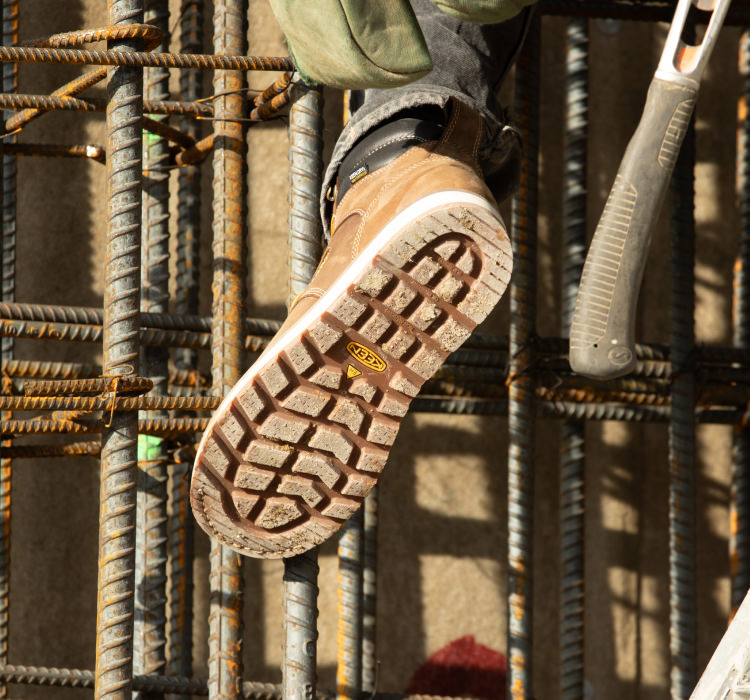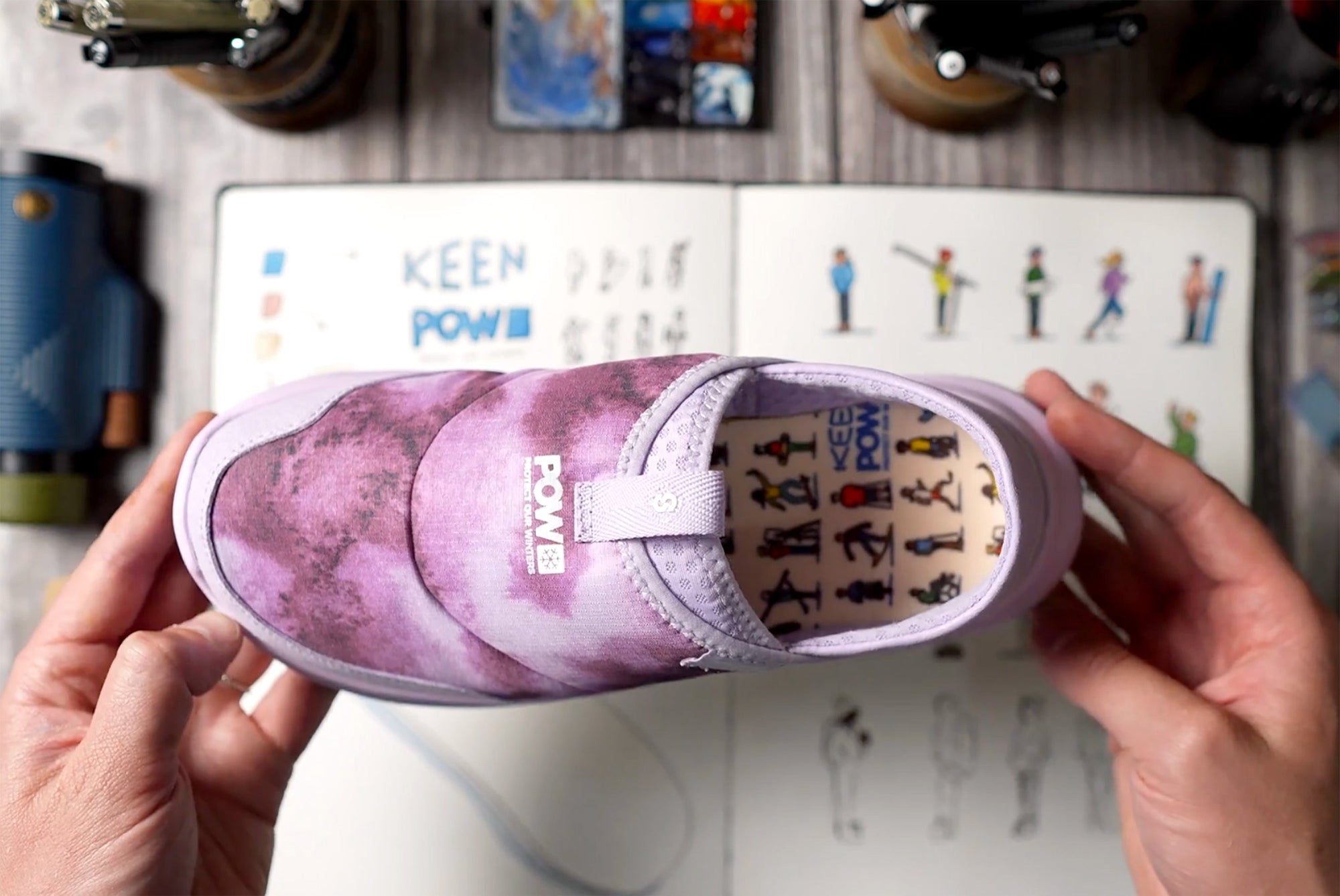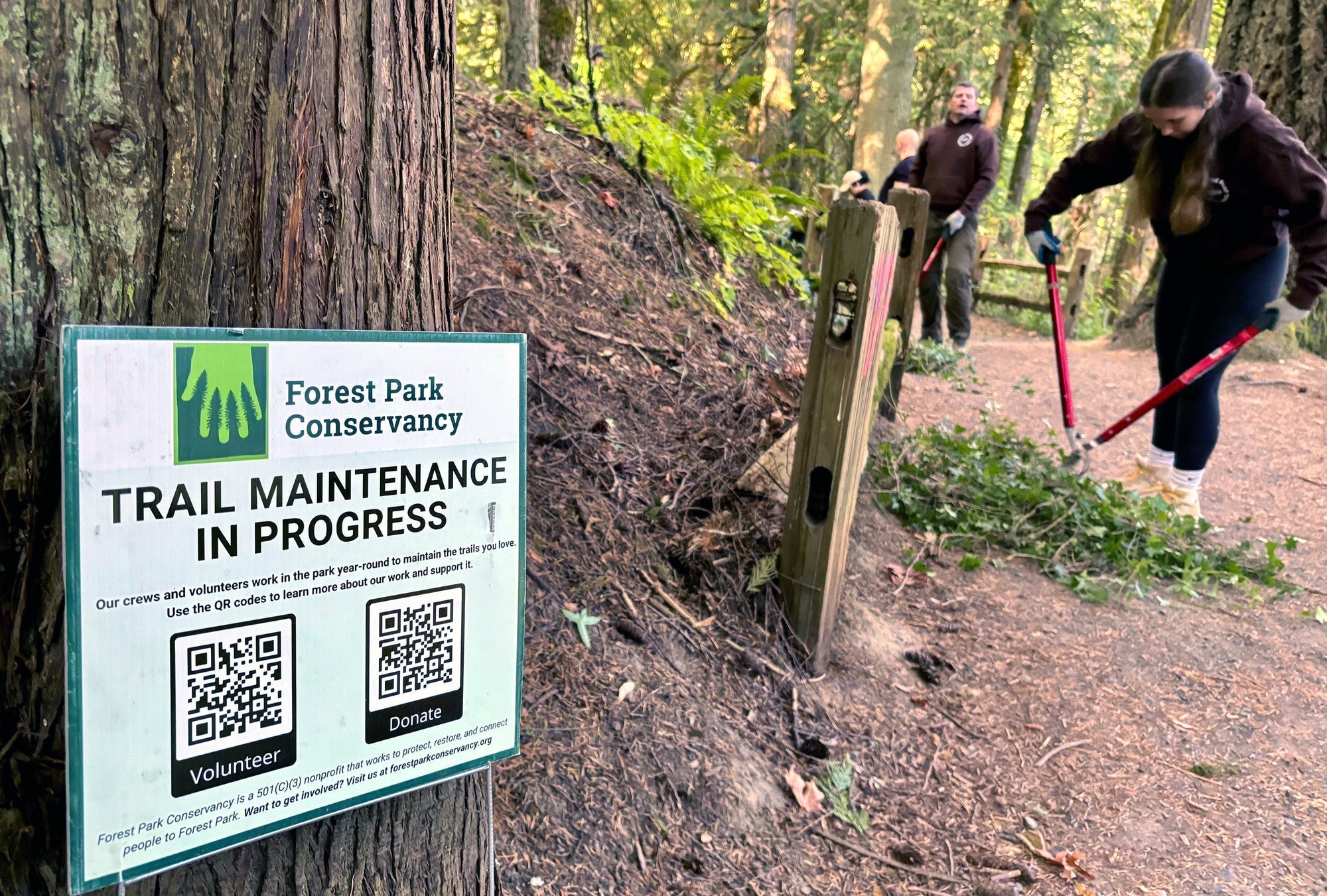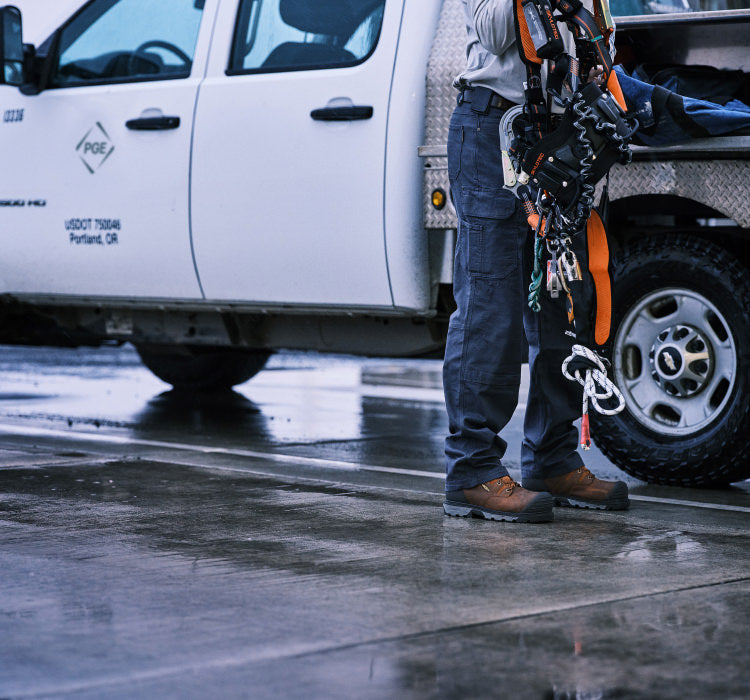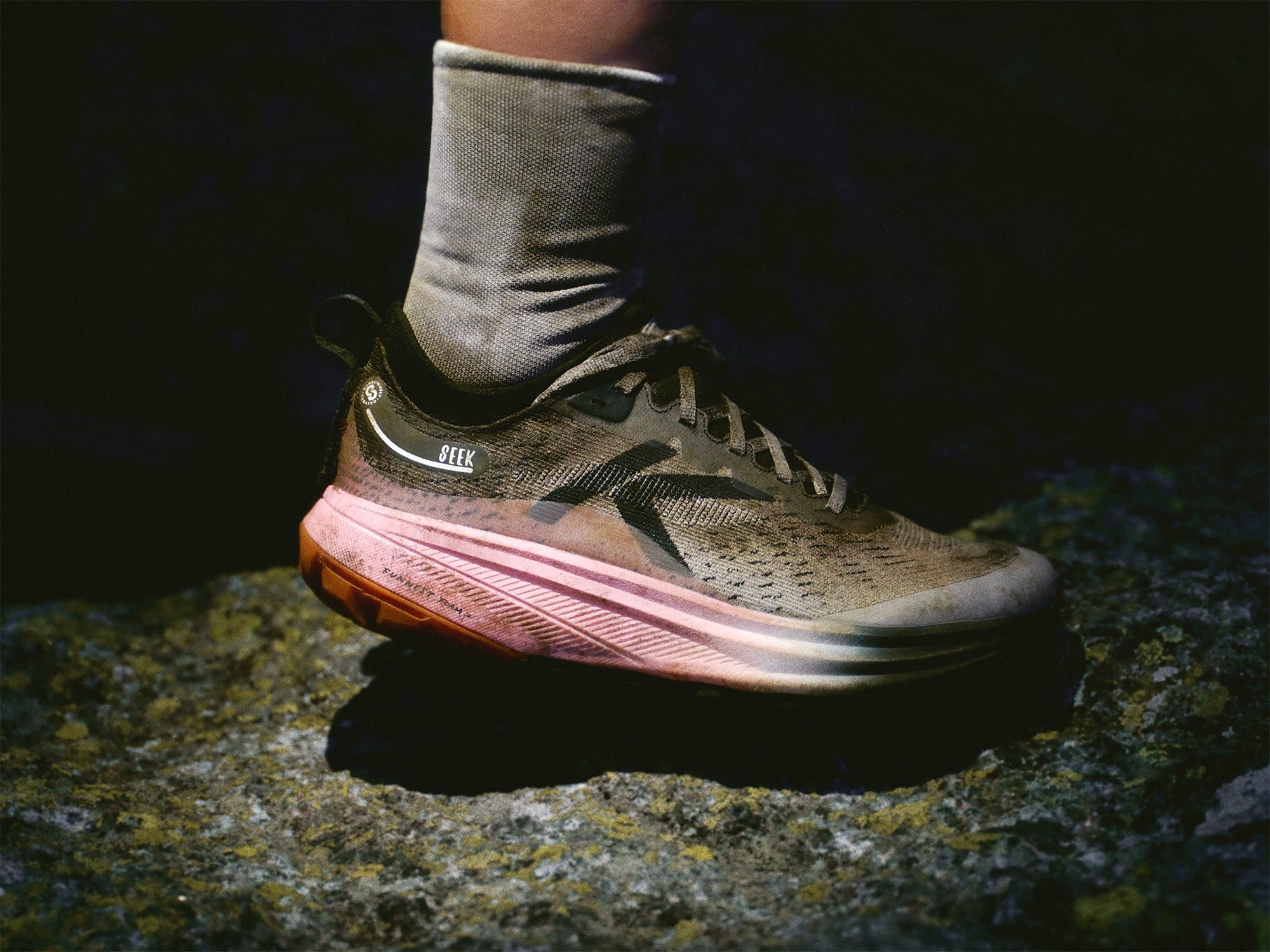When the first big snowfall of the year blankets our favorite trails and alpine lakes with mounds of fresh snow, we tend to get pretty excited. The long-awaited snowshoe season has arrived. Great for families and solo adventurers alike, snowshoeing is an easy way to get outside to enjoy winter.
But if you’re new to the whole snowshoeing thing, you probably have a few questions about how to get started. We’ve answered some of the most common ones here, so you can head out into that snowy winter wonderland with confidence.

What Gear Do I Need?
One of the best things about snowshoeing is that you don’t need a roof-rack full of special gear to do it. Here’s our gear list to make sure you’re prepared before hitting the snow:
Warm Clothing
Conditions and body temperature can change a lot throughout the day. Make sure you layer up in warm clothes so that you can make adjustments as you go. Think wool base layers, insulated mid-layers, and waterproof outer layers. For a more in-depth look at dressing for cold weather, check out our winter hiking guide.
Cold-Weather Accessories
A warm hat or balaclava, snow gloves or mittens, and waterproof gaiters to keep the snow out of your boots are a must!
Supportive, Waterproof Boots
Hours in the cold and snow call for cozy, comfy boots that keep the wet out and the heat in. Our two favorite winter boots for snowshoeing are the Targhee Lace Boot and the Revel IV boot. Both are insulated and waterproof, and they have gaiter clips for keeping gaiters securely in place.
Day Pack
Be sure to pack plenty of food, water, and the 10 essentials. Although all of the essentials are important, navigation and sun protection are key in winter. Heavy snow can cover trail signs, so make sure to pack a map and compass. And since snow acts as a giant sun reflector, throw in some sunscreen, sunglasses, and SPF lip balm. (That way you won’t have to explain your sunglasses tan line to everyone you see for the next week.)
Snowshoes and Poles
When you’re first starting out, we recommend renting a pair of snowshoes. A rental shop will get you set up with the correct size for your weight and shoe size (as well as the terrain you plan to explore). Lots of mountain shops also include poles with the rental. Great for beginners, poles help with balance and make it easier to navigate trail slopes or obstacles.
Fun fact: The very first snowshoes were modeled after the foot shape of animals with impressive snow mobility. The hind leg footprint of a snowshoe hare looks exactly like the imprint left by a snowshoe (but with toes)!
 KEENer Cynthia recently explored the early snow around Mount Hood, Oregon. She says she often opts for non-insulated waterproof hikers for snowshoeing to avoid overheating, as her feet tend to run warm.
KEENer Cynthia recently explored the early snow around Mount Hood, Oregon. She says she often opts for non-insulated waterproof hikers for snowshoeing to avoid overheating, as her feet tend to run warm.
Who Can Come Along?
People of all ages can strap on a pair of snowshoes and enjoy plowing through the powder. Even babies as young as a few months old can come along. Bundle them up in a front carrier or backpack carrier, and off you go. Just remember to limit how long you’re out since little bodies have a harder time staying warm.
If you’re bringing a pup along for the day, we recommend investing in some snow booties to protect their paws. Snow can easily pack in between their pads (especially for furry breeds) and cause pain and sores.
KEEN tip: If you’re snowshoeing with kids for the first time, consider bringing along a lightweight sled. In a pinch, you can let your little one take a quick restorative ride in the sled if they’re feeling just too . . . tired . . . to . . . go . . . on. Plus, lots of sleds these days are light enough to just strap to your pack when not in use.
Where Should We Go?
Just like with hiking trails, the possibilities for snowshoeing are practically endless. As a beginner, you’ll want to choose a fairly short and relatively flat route. Cross-country ski areas and sno-parks are a great place to start since they’re already set up for winter recreation. As with any shared trail, be mindful of other users. Plan out your route beforehand, and if you find yourself needing to detour, do your best to avoid snowmobile trails or groomed cross-country ski trails. (If you end up on one, just walk single-file at the outer edge of the trail and don’t step into cross-country ski tracks.
Pro tip: New activities are sometimes the most fun with an experienced guide. Guided tours are a great way to begin your foray into snowshoeing. They take care of the gear and the route so that you can just focus on your technique.

OK, But How Do I Do It?
If you can hike, you can snowshoe. We recommend starting on flat terrain to get the hang of things and then follow these tips:
1. Lock-in: Step into your snowshoe binding positioning the ball of your foot over the front crampon (the spiky bit on the underside of the snowshoe). Tighten down the toe straps so they’re snug but not too tight. Lock in the heel straps to avoid any heel slipping.
2. Give your feet some space: When you’re wearing snowshoes, you basically have sasquatch feet. Step wide with a longer-than-usual stride to accommodate your new foot shape.
3. Share the weight: Don’t forget to use your poles to help distribute your body weight and maintain balance.
4. Take your time: No need to rush! Take your time getting the hang of perfecting your stride.
5. Dig in if there are hills: For added traction when going uphill, push the front of your foot down to engage the crampon on the front of the snowshoe. To avoid possible slipping when descending, keep your knees slightly bent, dig in with your
5. Dig in if there are hills: For added traction when going uphill, push the front of your foot down to engage the crampon on the front of the snowshoe. To avoid possible slipping when descending, keep your knees slightly bent, dig in with your heels, and firmly plant your snowshoe.
Are There Safety Tips I Should Know About?
Compared to other winter sports, snowshoeing is a relatively low-risk activity. But as with any outdoor pursuit, knowing how to stay safe in the wilderness is important. Here are a few safety tips to keep in mind:
Make sure you have the proper equipment.
Don’t leave home without the right gear to stay warm and dry in the snow and enough food and supplies for a day outdoors.
Take breaks and stay fed and hydrated.
When our bodies are tired or not properly fueled, we tend to make mistakes. Keep yourself safe on your journey by taking a snack break every one-to-two hours and by drinking plenty of water.

Be aware of potential hazards.
Always check the weather before you head out and be aware of your surroundings once you’re on the trail. If you’re new to snow activities, look into taking a safety or first aid course.
Know how to navigate.
Always review your route before you start and carry a map and compass. Navigation classes are another great way to boost your cold-weather confidence.
At first, the idea of trudging through the snow on a pair of contraptions modeled after rabbit feet may seem a little strange. But after you get the hang of it, you’ll be counting down the days until your next snowshoe trip. Happy tromping!


 KEENer Cynthia recently explored the early snow around Mount Hood, Oregon. She says she often opts for non-insulated waterproof hikers for snowshoeing to avoid overheating, as her feet tend to run warm.
KEENer Cynthia recently explored the early snow around Mount Hood, Oregon. She says she often opts for non-insulated waterproof hikers for snowshoeing to avoid overheating, as her feet tend to run warm.


